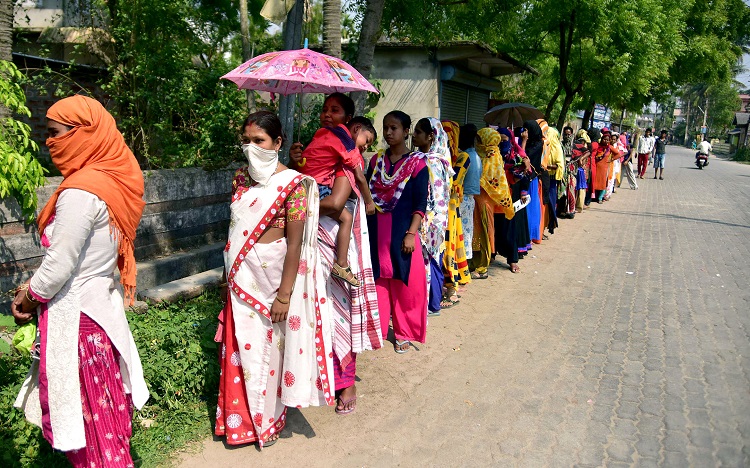Among contemporary politicians, few have the longevity in office that Narendra Modi does. Before nine years as Prime Minister, he served 13 years as Chief Minister of Gujarat. Few have his unique capacity to fight short term political battles—as PM he is in election mode every year—and yet combine that with a long-term view of governance. Modi is able to do what is required to be politically popular while doing the difficult things to facilitate India’s economic rise. While Modi has several achievements to his credit, two stand out and define each of his two terms in office.
In his first term in office, PM Modi trained his sights on reforming the way government benefits reach (or do not reach) the poor. Governments from 1947 had spent increasingly large amounts of money on “pro-poor schemes” that only enriched middlemen and other vested interests while draining the exchequer. Former Prime Minister Rajiv Gandhi admitted as much in the 1980s, but no leader had the imagination or political will to change the status quo. Modi imagined a simple solution—benefits must accrue directly into the bank accounts of the poor. And then worked to make it happen using a mix of policy and technology. The Jan Dhan Yojana ensured that every Indian household had at least one bank account. By 2014, most Indian households owned a mobile phone. What was also developed but unused was the Unique ID or Aadhar which enabled easy authentication of beneficiaries.
The success of the now famous JAM Trinity is well documented. It likely played a big role in PM Modi’s re-election in 2019. But the transformation of India’s “welfare state” has long-term significance. It has made the government’s fiscal position healthier as money is no longer wasted by announcing ever more ambitious schemes which simply leak resources. That has created space for government to spend on productive investment, on infrastructure in particular. It has also enabled the government to make a stronger case for economic liberalisation and the market economy. India’s tryst with the market economy was at an inflexion point in 2014 as the stench of corruption and cronyism threatened the legitimacy of a framework that was still the best bet to deliver prosperity to maximum Indians. But it had to be seen as fair, not rigged. The tough, but wholescale reform of how government schemes are delivered brought back the element of fairness.
If a leaky system of government schemes was one Achilles Heel of the Indian economy that was left unaddressed by the reforms of 1991, the failure of the country to grow a globally competitive manufacturing sector was another. Before 1991, India had a sizeable manufacturing sector but it was not competitive and produced low quality goods at high prices. After 1991, there was a mini-deindustrialisation as trade liberalisation put a lot of existing manufacturers out of business without any accompanying rise of new factories because the government policy ecosystem, whether on land, labour, capital, logistics or power rendered it impossible to set up globally competitive manufacturing industries.
The lack of a strong manufacturing base has serious consequences. There are simply not enough good quality jobs in services
As Chief Minister of Gujarat, Modi knew the importance of manufacturing. In fact, Gujarat is the only state where the share of manufacturing in state GDP is similar to that of Guangdong in China. Modi made an early attempt to reform land acquisition laws in his first term but paused after a strong political pushback. Fortunately, he did not abandon his vision for manufacturing. In his second term, the government has moved proactively to facilitate large scale industry. The Production-Linked Incentive Scheme is paying companies in 13 sectors to produce at a larger scale. Tariffs have been revised upwards moderately to mainly shield domestic companies from unfair competition from China. An unprecedented, high spend drive to build and improve infrastructure whether roads, highways, railways, airports or ports is improving the cost of logistics. Free trade areas are being negotiated with countries that can help Indian manufacturers improve their competitive advantage. The incentives and protection are to make up for other policy bottlenecks, in land for example. So, they are finally providing somewhat of a level playing field for Indian manufacturers.
At least one sector has already shown enormous success: electronics. There are others, like the labour-intensive toys sector which are also doing well. With favourable geopolitics, India may finally be on its way to become a factory of the world.
It is this ability of PM Modi to accomplish what seems impossible, against the odds, against vested interests that defines his leadership of India’s economy at a crucial time in its history.
Dhiraj Nayyar is Chief
Economist, Vedanta.

